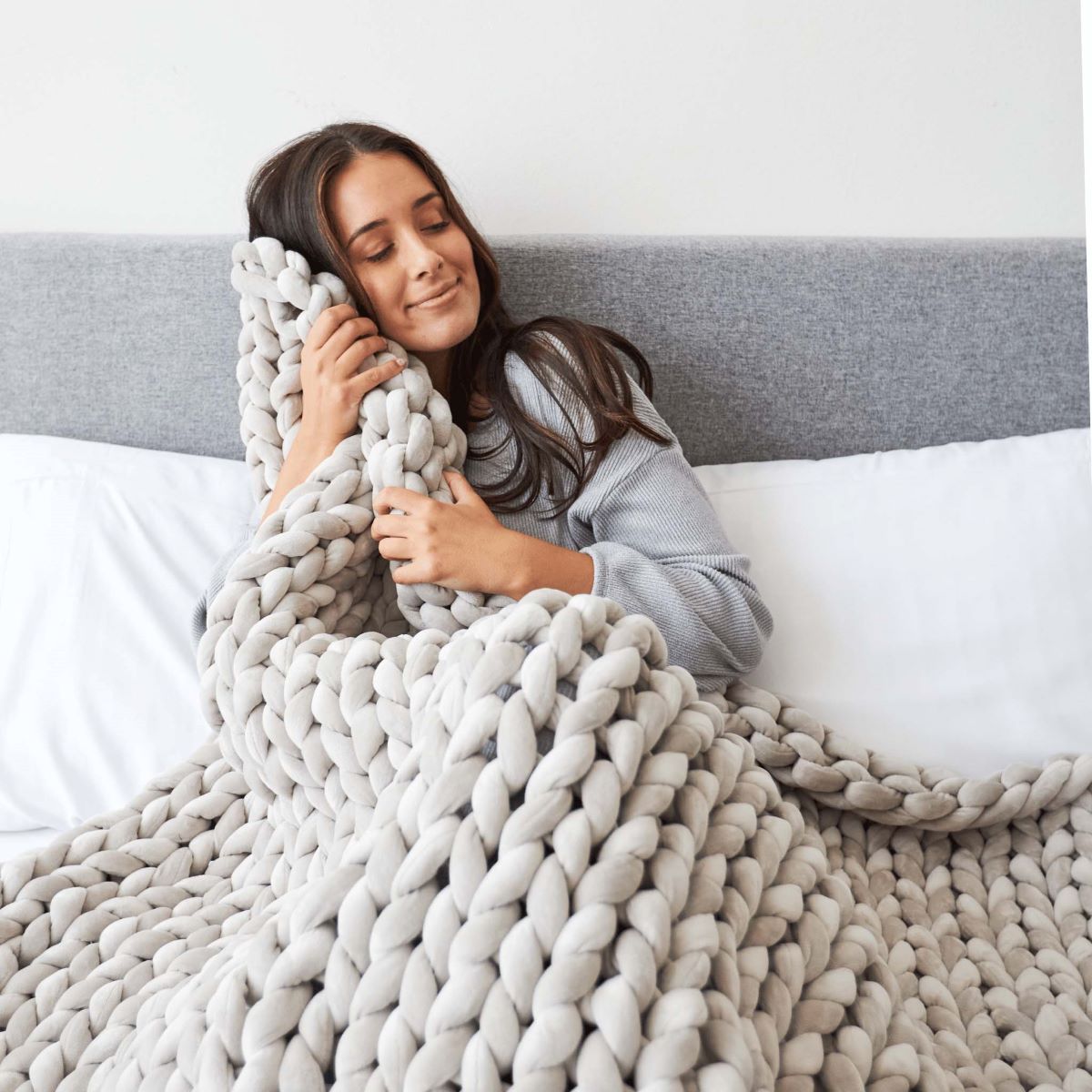

Articles
How To Use A Weighted Blanket
Modified: August 27, 2024
Learn how to properly use a weighted blanket to enhance your sleep and relaxation. Read these helpful articles for valuable tips and advice.
(Many of the links in this article redirect to a specific reviewed product. Your purchase of these products through affiliate links helps to generate commission for Storables.com, at no extra cost. Learn more)
Introduction
Welcome to the world of weighted blankets – a simple yet effective solution for improving sleep quality and reducing stress and anxiety. In recent years, these cozy and comforting blankets have gained immense popularity for their ability to provide a deep touch pressure sensation that can promote relaxation and induce a sense of calmness.
Weighted blankets have become a go-to sleep accessory for many individuals struggling with insomnia, restlessness, and anxiety disorders. But what exactly is a weighted blanket, and how does it work? In this article, we will explore the concept of weighted blankets, their benefits, and how to use them effectively to improve your sleep and overall well-being.
A weighted blanket is a therapeutic blanket that is designed to be heavier than traditional blankets. It typically consists of small pockets or squares filled with weighted materials such as glass beads or plastic pellets. The weight of the blanket helps to provide a gentle and even pressure over your body, mimicking the feeling of a comforting hug or a swaddling sensation.
By applying this gentle and evenly distributed pressure, weighted blankets can have a soothing effect on the nervous system. This pressure stimulates the release of serotonin and dopamine, hormones that promote relaxation and feelings of happiness. Additionally, the deep touch pressure can help to reduce the production of stress hormones such as cortisol, leading to a calmer state of mind and improved sleep quality.
The benefits of using a weighted blanket extend beyond sleep improvement. Many individuals find that using a weighted blanket can help to alleviate symptoms of anxiety and stress. It provides a sense of security and comfort, creating a safe space to relax and unwind. Moreover, the deep touch pressure from the weighted blanket can help to regulate the autonomic nervous system, reducing the physical symptoms of anxiety such as a rapid heartbeat and shallow breathing.
Weighted blankets are also beneficial for individuals with sensory processing disorders, such as autism or ADHD. These individuals may have difficulty processing sensory input, leading to sensory overload or meltdowns. The deep pressure stimulation from a weighted blanket can provide a calming effect, helping to regulate sensory processing and promote a sense of grounding and stability.
Now that we have a better understanding of what a weighted blanket is and its potential benefits, let’s delve into how to choose the right one for your needs.
Key Takeaways:
- Weighted blankets offer deep touch pressure stimulation, promoting relaxation, reducing anxiety, and improving sleep quality. They can be beneficial for individuals with sensory processing disorders, providing a calming and grounding effect.
- When using a weighted blanket, prioritize safety by considering individual sensitivities, avoiding covering the face or neck, and consulting healthcare professionals if needed. Proper cleaning and care are essential for maintaining the blanket’s effectiveness.
Read more: How To Fix A Weighted Blanket
What is a Weighted Blanket?
A weighted blanket is a specially designed blanket that is filled with evenly distributed weights, such as glass beads or plastic pellets. Unlike regular blankets, a weighted blanket provides gentle and consistent pressure on your body, creating a therapeutic sensation known as deep touch pressure. This pressure is believed to mimic the feeling of being hugged or swaddled, providing a sense of comfort and security.
Weighted blankets are available in various sizes and weights, ranging from 5 pounds up to 30 pounds or more. The weight of the blanket is typically determined based on a percentage of the user’s body weight. It is recommended to choose a blanket that is around 10% of your body weight for optimal comfort and effectiveness.
Weighted blankets have been used for decades in occupational therapy to help individuals with sensory processing disorders, anxiety, and sleep disorders. However, they have gained widespread popularity and recognition in recent years due to their ability to provide numerous benefits for individuals of all ages.
One of the primary benefits of a weighted blanket is its ability to promote relaxation and improve sleep quality. The deep touch pressure stimulation from the blanket helps to activate the body’s relaxation response, leading to the release of serotonin and dopamine – the “feel-good” hormones that promote a sense of calmness and well-being. This can be particularly helpful for individuals who struggle with insomnia, restless sleep, or have difficulty falling asleep.
Furthermore, the gentle but firm pressure of a weighted blanket can help to reduce anxiety and stress levels. The consistent deep pressure provides a grounding and comforting effect, helping to soothe an overactive nervous system. This can be especially beneficial for individuals with anxiety disorders, ADHD, or autism spectrum disorders, as it helps to regulate sensory processing and promote a sense of calm.
Weighted blankets are also known for their potential to increase the production of melatonin, the hormone responsible for regulating sleep-wake cycles. By using a weighted blanket before bedtime, the body’s natural melatonin production can be enhanced, promoting a more restful and deeper sleep.
It is important to note that while weighted blankets can provide many benefits, they may not be suitable for everyone. Individuals with respiratory problems, certain medical conditions, or those who are not able to comfortably lift or move the blanket on their own should consult with a healthcare professional before using a weighted blanket.
Now that we understand what a weighted blanket is and its potential benefits, let’s explore how to choose the right weighted blanket for your needs.
Benefits of Using a Weighted Blanket
Weighted blankets have gained popularity in recent years due to their numerous benefits for sleep, relaxation, and overall well-being. Let’s explore some of the key advantages of using a weighted blanket:
- Improved Sleep Quality: One of the primary benefits of a weighted blanket is its ability to promote better sleep. The gentle and even pressure applied by the blanket helps to stimulate the production of serotonin and melatonin – hormones that play a crucial role in regulating sleep patterns. This can be particularly beneficial for individuals who struggle with insomnia or have difficulty falling asleep.
- Reduced Anxiety and Stress: Weighted blankets provide a deep touch pressure that can help to reduce anxiety and stress levels. The pressure creates a calming effect and activates the parasympathetic nervous system, leading to a decrease in the production of cortisol – the stress hormone. This can be especially beneficial for individuals with anxiety disorders, PTSD, or those experiencing high levels of stress.
- Relaxation and Calming Effect: The deep touch pressure stimulation from a weighted blanket triggers the release of neurotransmitters like serotonin and dopamine, which promote relaxation and an overall sense of calmness. The weighted sensation provides a comforting feeling, similar to a gentle hug, that can help alleviate feelings of restlessness and promote relaxation.
- Improved Focus and Concentration: Children and adults with attention deficit hyperactivity disorder (ADHD) or sensory processing disorders may find that using a weighted blanket can help improve focus and concentration. The deep pressure stimulation helps to regulate sensory input, providing a calming effect that allows for better focus and decreased distractions.
- Pain and Symptom Relief: The gentle pressure from a weighted blanket can help alleviate various aches and pains, such as muscle tension, joint discomfort, and menstrual cramps. The deep touch pressure can also provide relief for individuals with fibromyalgia or chronic pain conditions by promoting relaxation and reducing pain signals.
- Enhanced Mood and Emotional Well-being: Weighted blankets have been shown to increase the production of serotonin and dopamine, the “happiness hormones,” resulting in improved mood and emotional well-being. The calming and comforting sensation from the blanket can also help reduce symptoms of depression and promote a more positive mindset.
- Sensory Integration and Regulation: Weighted blankets are widely used in occupational therapy to improve sensory integration and regulation. They provide deep pressure stimulation that can help individuals with sensory processing disorders, autism, or ADHD regulate their sensory input and promote a sense of grounding and stability.
Overall, using a weighted blanket can have a profound impact on your sleep quality, stress levels, relaxation, and emotional well-being. The benefits extend to individuals of all ages, making weighted blankets a versatile and effective tool for achieving better sleep and a healthier lifestyle.
Now that we understand the benefits of weighted blankets, let’s take a look at how to choose the right one for your specific needs.
How to Choose the Right Weighted Blanket
Choosing the right weighted blanket is essential to ensure optimal comfort and effectiveness. Here are some factors to consider when selecting a weighted blanket:
- Size and Weight: Weighted blankets come in various sizes, ranging from twin to king, and the weight varies as well. It is important to choose a blanket that covers your body adequately without feeling too heavy. As a general guideline, the blanket should be around 10% of your body weight. For example, if you weigh 150 pounds, consider a weighted blanket that weighs around 15 pounds.
- Material: The material of the weighted blanket can significantly impact your comfort. Look for blankets made from breathable and hypoallergenic fabrics such as cotton or bamboo. These materials allow for proper airflow, preventing overheating during sleep. Avoid blankets made from synthetic materials that can cause discomfort or allergies.
- Weight Distribution: Ensure that the weighted blanket has proper weight distribution. The pockets or squares that hold the weighted filling should be evenly distributed to prevent the weight from shifting to one area. This ensures that the pressure is evenly applied to your body for a more comfortable experience.
- Quality of Materials: Check the quality of the materials used in the construction of the weighted blanket. The inner filling should be durable and securely stitched to prevent any leakage of the weighted material. The outer fabric should also be of good quality to withstand frequent use and washing.
- Flexibility: Consider the flexibility of the weighted blanket. Some blankets come with removable weighted inserts, allowing you to adjust the weight according to your preference or the changing needs of the user. This feature can be beneficial for households with multiple users or for those who want to gradually increase the weight of the blanket.
- Consultation with Healthcare Professional: If you have any specific health conditions or concerns, it may be wise to consult with a healthcare professional or occupational therapist. They can provide personalized recommendations and guidance on choosing the right weighted blanket for your needs.
- User Experience and Reviews: Read reviews and testimonials from other users to get insights into their experiences with specific brands and models. This can help you gauge the overall satisfaction and effectiveness of the weighted blanket before making a purchase.
- Budget: Determine your budget for a weighted blanket. Prices can vary depending on the size, weight, and brand. While it is important to invest in a quality blanket, there are also affordable options available that provide excellent therapeutic benefits.
Remember, choosing the right weighted blanket is a personal decision. Experimentation may be required to find the perfect weight and size that suits your individual preferences and needs. Take the time to research and consider the factors mentioned above to ensure that you select a weighted blanket that provides the utmost comfort and promotes restful sleep.
Now that you know how to choose the right weighted blanket, let’s explore how to effectively use a weighted blanket for better sleep.
Using a Weighted Blanket for Better Sleep
A weighted blanket can be a game-changer when it comes to improving your sleep quality. Here are some tips on how to effectively use a weighted blanket for better sleep:
- Choose the Right Weight: As mentioned earlier, it is crucial to select a weighted blanket that is around 10% of your body weight. This weight provides optimal pressure for a calming effect without feeling overly heavy or restrictive.
- Place the Blanket on Your Bed: Position the weighted blanket evenly on top of your bed, just like you would with a regular blanket. Ensure that it covers your whole body, from your shoulders to your feet, to experience the full benefits of deep touch pressure.
- Use the Weighted Blanket at Bedtime: Incorporate the weighted blanket into your bedtime routine. Use it as part of your pre-sleep ritual, whether it’s reading a book, listening to soothing music, or practicing relaxation techniques. The consistent use of the weighted blanket can help signal your body that it’s time to relax and prepare for sleep.
- Be Mindful of Temperature: Weighted blankets can provide extra warmth due to their thickness and added weight. Consider the climate and your personal preference for sleeping temperature. If you tend to get hot during sleep, choose a blanket made from breathable materials or use a lighter-weighted blanket for comfort.
- Experiment with Positioning: Melting into the weighted blanket can be incredibly comforting, but everyone has their preferred sleeping position. Experiment with different positions to find what feels most comfortable for you. Whether you like to sleep on your back, side, or stomach, adjust the blanket accordingly for optimal comfort and pressure distribution.
- Start with Shorter Sessions: If you are new to using a weighted blanket, it may take some time to adjust to the sensation. Start by using it for shorter periods, such as 15-30 minutes before gradually increasing the duration. This will allow your body to become accustomed to the weight and pressure gradually.
- Avoid Using the Weighted Blanket If: If you experience any discomfort, pain, or difficulty breathing when using the weighted blanket, discontinue use and consult with a healthcare professional. Weighted blankets may not be suitable for everyone, especially those with respiratory problems, certain medical conditions, or mobility issues.
- Combine with Other Sleep Strategies: Using a weighted blanket is just one component of improving sleep quality. Consider incorporating other sleep-promoting strategies such as maintaining a consistent sleep schedule, creating a sleep-friendly environment, practicing relaxation techniques, and limiting the use of electronic devices before bedtime.
Remember, the effectiveness of a weighted blanket for better sleep can vary from person to person. It may take some time to adjust and find the right routine that works for you. Pay attention to how you feel and assess the impact on your sleep quality over time.
With consistent use and proper techniques, a weighted blanket can contribute to a more restful and rejuvenating sleep experience. Now, let’s explore how a weighted blanket can be beneficial for anxiety and stress relief.
When using a weighted blanket, make sure it is around 10% of your body weight for optimal comfort and effectiveness in reducing anxiety and promoting better sleep.
Read more: How To Dry A Weighted Blanket
Using a Weighted Blanket for Anxiety and Stress Relief
A weighted blanket can be a valuable tool for managing anxiety and stress. Here’s how to effectively use a weighted blanket for anxiety and stress relief:
- Create a Calming Environment: Prepare your sleeping space or relaxation area by creating a calm and soothing environment. Dim the lights, play soft instrumental music, and ensure the room temperature is comfortable. These conducive surroundings can enhance the effectiveness of the weighted blanket for anxiety and stress relief.
- Wrap Yourself in Comfort: Lay the weighted blanket gently over your body, allowing it to embrace you in comfort. The deep touch pressure stimulation provided by the blanket can help reduce anxiety symptoms. The feeling of being hugged or swaddled can promote a sense of calmness and security that eases anxious thoughts and emotions.
- Breathe Deeply and Practice Mindfulness: While using the weighted blanket, practice deep breathing exercises and mindfulness techniques. Focus on your breath as you inhale and exhale slowly, allowing your mind to let go of worries and tension. Mindfulness helps to shift your attention to the present moment, promoting relaxation and reducing anxiety.
- Use the Weighted Blanket during Stressful Situations: When faced with particularly stressful situations, incorporate the use of a weighted blanket to help alleviate the anxiety and stress. This can be helpful before important meetings, exams, or during challenging times. The deep touch pressure stimulation can provide a grounding effect, allowing you to feel more centered and composed.
- Utilize the Weighted Blanket for Relaxation Techniques: Combine the use of a weighted blanket with relaxation techniques such as progressive muscle relaxation, guided imagery, or meditation. The added weight of the blanket can enhance the relaxation response and facilitate a deeper state of calmness and stress relief.
- Practice Consistency and Routine: To maximize the benefits of using a weighted blanket for anxiety and stress relief, make it a part of your daily routine. Set aside specific times, such as before bedtime or during designated relaxation breaks, to incorporate the use of the weighted blanket. Consistency can help train your body and mind to associate the weighted blanket with a sense of calmness and relaxation.
- Pair with Other Stress-Reduction Strategies: While using the weighted blanket, consider combining it with other stress-reduction techniques. These may include engaging in regular physical exercise, practicing mindfulness-based stress reduction techniques, getting sufficient sleep, maintaining a balanced diet, and seeking support from a therapist or counselor.
- Listen to Your Body: Pay attention to your body’s response when using a weighted blanket for anxiety and stress relief. If you find that it doesn’t provide the desired effects or causes discomfort, consider adjusting the weight or seeking guidance from a healthcare professional to find the best solution for your specific needs.
Remember, a weighted blanket is not a substitute for professional medical advice or treatment. If you have severe or persistent anxiety or stress, it is important to consult with a healthcare professional for guidance and support.
Now that you know how to use a weighted blanket for anxiety and stress relief, let’s explore its potential benefits for individuals with sensory processing disorders.
Using a Weighted Blanket for Sensory Processing Disorders
A weighted blanket can provide significant benefits for individuals with sensory processing disorders, such as autism spectrum disorders (ASD), attention deficit hyperactivity disorder (ADHD), and sensory integration disorders. Here’s how to effectively use a weighted blanket for sensory processing disorders:
- Create a Sensory-Friendly Environment: Set up a quiet and calming environment to enhance the effectiveness of the weighted blankets for sensory processing disorders. This can include dimming the lights, reducing noise, and minimizing visual distractions. Establishing a soothing environment can help individuals with sensory sensitivities feel more comfortable and receptive to the deep touch pressure stimulation provided by the weighted blanket.
- Lay the Blanket over the Body: Place the weighted blanket evenly over the body, ensuring it covers the entire body from the shoulders to the feet. The deep touch pressure applied by the blanket can provide a comforting and grounding sensation, helping to regulate sensory input and reduce hypersensitivity to external stimuli.
- Use the Weighted Blanket during Overload: During times of sensory overload or distress, encourage the individual with sensory processing disorders to use the weighted blanket. The deep pressure stimulation can help provide a sense of calmness and security, creating a safe space to regulate sensory input and alleviate overwhelm.
- Experiment with Resting Positions: Encourage the individual to try different resting positions while using the weighted blanket. Some individuals may find more comfort lying on their back, while others may prefer lying on their side or curled up in a fetal position. Allow them to explore and find the position that feels most soothing and therapeutic.
- Integrate the Blanket into Daily Activities: Incorporate the use of a weighted blanket into daily activities that may trigger sensory sensitivities or meltdowns. This can include times when the individual needs to focus, engage in calming activities, or during transitions. The weighted blanket can help provide a sense of comfort and stability during these challenging moments.
- Consult with Occupational Therapists: If you or your child has sensory processing disorders, it is recommended to consult with an occupational therapist. They can provide personalized guidance and recommend specific techniques and strategies to incorporate the use of a weighted blanket effectively.
- Combine with Sensory Integration Activities: Pair the use of a weighted blanket with sensory integration activities to maximize the benefits. These activities can include deep pressure massages, joint compressions, vestibular exercises, or tactile stimulation. The combination of sensory input from the activities along with the deep touch pressure from the weighted blanket can help regulate sensory processing and promote overall well-being.
- Choose Weighted Blanket Adjusted to Individual Needs: Consider the individual’s sensitivity level and preferences when selecting a weighted blanket for sensory processing disorders. Some may benefit from a heavier weight, while others may feel more comfortable with a lighter weight. It’s important to choose a blanket that provides a therapeutic and calming effect without overwhelming the individual.
Using a weighted blanket can significantly contribute to sensory integration and regulation for individuals with sensory processing disorders. However, it’s essential to remember that every individual is unique, and what works for one person may not work for another. It’s important to observe and communicate with the individual to ensure their comfort and well-being.
Now, let’s explore how to clean and care for your weighted blanket to ensure its longevity and effectiveness.
How to Clean and Care for Your Weighted Blanket
Proper cleaning and care are essential to maintain the longevity and effectiveness of your weighted blanket. Here are some tips to help you clean and care for your weighted blanket:
- Follow Manufacturer’s Instructions: Before cleaning your weighted blanket, carefully read and follow the manufacturer’s instructions and recommendations. Each blanket may have specific cleaning instructions based on the materials used and construction of the blanket.
- Check for Removable Cover: Some weighted blankets come with removable covers. If your blanket has a removable cover, check if it is machine washable or if it requires separate care. Follow the recommended cleaning instructions for the cover separately.
- Spot Cleaning: For minor stains or spills, spot clean the affected area using a mild detergent and gentle scrubbing. Be sure to use a clean cloth or sponge and avoid saturating the blanket with excessive water. Allow the area to air dry completely before using the blanket again.
- Machine Washing: If your weighted blanket is machine washable, it is essential to use a large capacity washer to avoid overloading. Follow the manufacturer’s recommendations regarding water temperature, detergent type, and any other specific instructions. Wash the blanket separately or with similar-colored items to prevent color bleeding.
- Hand Washing: If your weighted blanket is not machine washable, or if you prefer to hand wash, fill a clean bathtub or large basin with lukewarm water and a mild detergent. Gently agitate the blanket in the water to clean it thoroughly, taking care not to twist or wring the blanket. Rinse it thoroughly with clean water and squeeze out excess water.
- Drying: When drying your weighted blanket, it is important to follow the manufacturer’s instructions. Some blankets can be tumble dried on low heat, while others may require air drying. Avoid exposing the weighted blanket to direct sunlight or excessive heat, as this may cause damage or shrinkage.
- Refreshing between Washes: If your weighted blanket does not require frequent washing, you can refresh it between washes by airing it out outdoors or using fabric sprays designed to eliminate odors. This can help maintain the freshness and cleanliness of the blanket.
- Storage: When not in use, store your weighted blanket in a clean and dry place. Avoid storing it in plastic bags or airtight containers, as this can trap moisture and lead to mold or mildew growth. Instead, use a breathable storage bag or cover to protect it from dust and dirt.
- Follow Weighted Filling Maintenance: If your weighted blanket has separate weighted filling, such as glass beads or plastic pellets, ensure that they are securely enclosed in durable pockets or compartments. Periodically check for any signs of leakage or damage and have it repaired or replaced if necessary.
By following these cleaning and care instructions, you can maintain the quality and effectiveness of your weighted blanket for years to come. Remember to check the specific instructions provided by the manufacturer, as different blankets may require slightly different care methods.
Now that you know how to clean and care for your weighted blanket, let’s explore some important safety precautions and considerations.
Safety Precautions and Considerations
While weighted blankets can provide numerous benefits, it’s important to prioritize safety when using them. Here are some safety precautions and considerations to keep in mind:
- Choose the Right Weight: Select a weighted blanket that is appropriate for the individual’s body weight. As a general guideline, the blanket should be around 10% of the user’s body weight. Using a heavier blanket than recommended can potentially lead to discomfort or difficulty in movement.
- Supervision for Children: If you are using a weighted blanket for a child, ensure that they are old enough and able to remove the blanket independently. For younger children or those who may have difficulty moving or communicating, use the weighted blanket under adult supervision.
- Avoid Covering Face or Neck: When using a weighted blanket, ensure that it does not cover the face or neck. The individual should always be able to breathe freely and move their head without obstruction. Take care to position the blanket so that it covers the body evenly while allowing for unrestricted airflow.
- Individual Sensitivities and Discomfort: Be mindful of individual sensitivities and preferences. Some individuals may find the weight or pressure of the blanket uncomfortable or anxiety-inducing. If the individual experiences any discomfort, restlessness, or difficulty breathing, discontinue the use of the weighted blanket and consult with a healthcare professional.
- Temperature Regulation: Weighted blankets can provide extra warmth due to their thickness and added weight. Ensure that the individual using the blanket does not overheat during sleep or relaxation. Use breathable fabrics and consider adjusting the room temperature or using a lighter-weighted blanket if necessary.
- Consider Individual Health Conditions: Take into account any existing health conditions or concerns that the individual may have. If they have respiratory problems, such as asthma or sleep apnea, or if they have any medical conditions that may be affected by pressure or weight, consult with a healthcare professional before using a weighted blanket.
- Consultation with Healthcare Professionals: If you are uncertain about using a weighted blanket or have any concerns regarding its safety, it is recommended to consult with healthcare professionals. They can provide personalized advice and guidance based on the individual’s specific needs and medical history.
- Inspection and Maintenance: Regularly inspect the weighted blanket for any signs of wear and tear, damage, or leakage of weighted filling material. Ensure that the blanket’s cover, if removable, is securely attached. Address any maintenance or repairs promptly to ensure the continued safety and effectiveness of the weighted blanket.
- Not Suitable for Every Situation: While weighted blankets can offer numerous benefits, they may not be suitable for every situation or individual. Individual preferences and needs can vary, so it’s important to assess the appropriateness of using a weighted blanket on a case-by-case basis.
By following these safety precautions and considerations, you can ensure a safe and beneficial experience when using a weighted blanket. It’s always important to prioritize the individual’s comfort, well-being, and safety above all else.
Now that we have explored safety concerns, let’s conclude our article.
Read more: How To Store A Weighted Blanket
Conclusion
Weighted blankets have become increasingly popular as a therapeutic tool for improving sleep, reducing anxiety, and providing comfort for individuals with sensory processing disorders. These blankets can have a profound impact on sleep quality, stress levels, relaxation, and overall well-being.
A weighted blanket works by applying deep touch pressure stimulation, which mimics a gentle and comforting hug. This pressure helps to release neurotransmitters like serotonin and dopamine, promoting relaxation, reducing anxiety, and improving sleep quality. It can also be particularly beneficial for individuals with sensory processing disorders, providing a calming and grounding effect.
When choosing a weighted blanket, it’s important to select the right weight, consider the material, and follow proper care instructions. By incorporating the use of a weighted blanket into your daily routine and following recommended techniques, you can enhance its effectiveness and enjoy its therapeutic benefits.
However, it’s essential to prioritize safety when using weighted blankets. Be mindful of individual sensitivities, avoid covering the face or neck, and consult with healthcare professionals if there are any concerns or specific health conditions. Safety precautions and considerations should always come first to ensure a safe and beneficial experience for everyone.
Whether you’re looking to improve sleep, reduce anxiety, or help with sensory regulation, a weighted blanket can be a valuable addition to your daily routine. Remember to listen to your body, experiment with different techniques, and consult with professionals as needed to ensure the best outcomes.
In conclusion, a weighted blanket can provide a soothing and comforting experience that promotes better sleep, helps manage anxiety and stress, and supports individuals with sensory processing disorders. By understanding how to effectively use, clean, and care for a weighted blanket, and by prioritizing safety precautions, you can harness its therapeutic benefits and improve your overall well-being.
So, why not give a weighted blanket a try and experience the calming and rejuvenating effects for yourself? Sweet dreams and a peaceful, stress-free journey await with the gentle embrace of a weighted blanket.
Frequently Asked Questions about How To Use A Weighted Blanket
Was this page helpful?
At Storables.com, we guarantee accurate and reliable information. Our content, validated by Expert Board Contributors, is crafted following stringent Editorial Policies. We're committed to providing you with well-researched, expert-backed insights for all your informational needs.
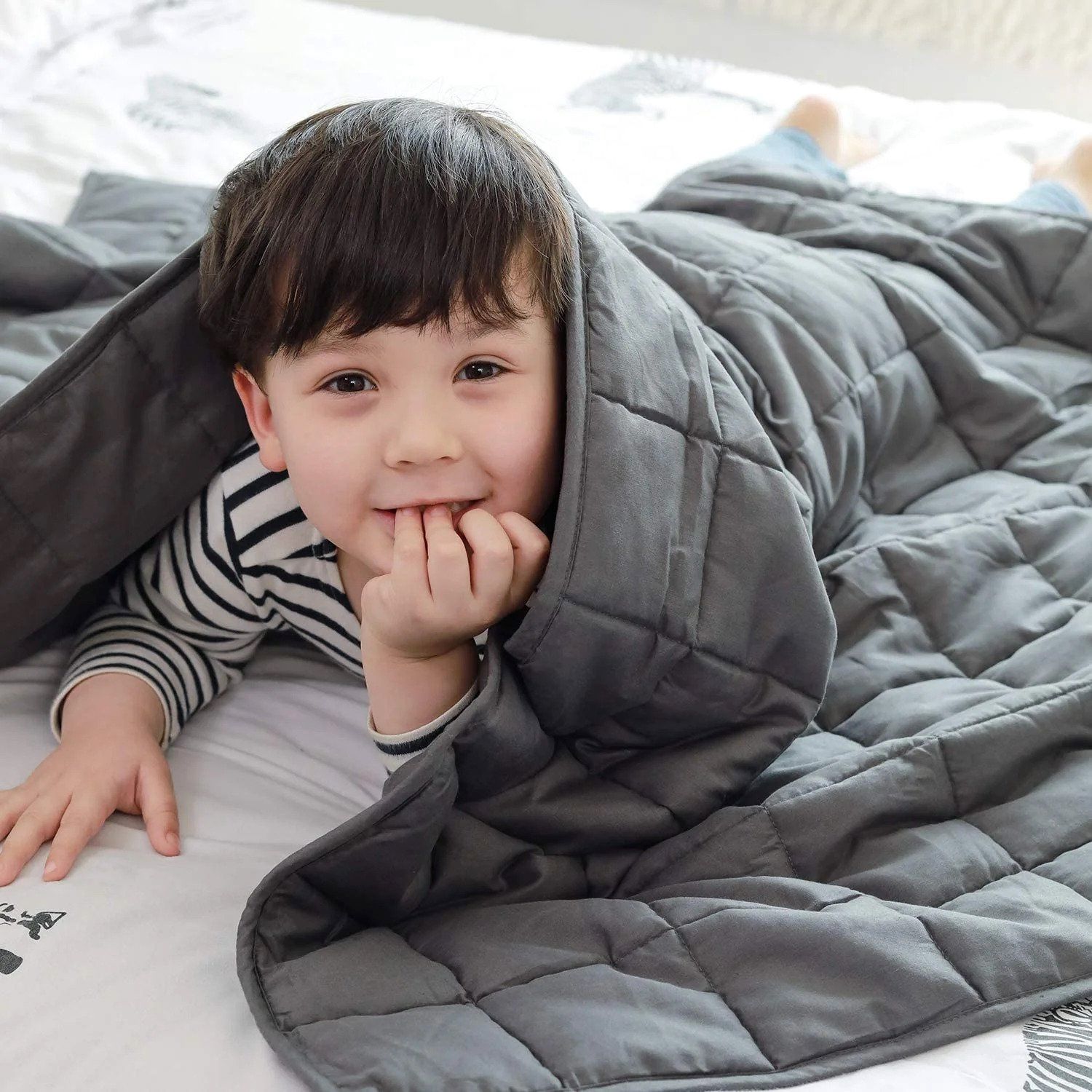
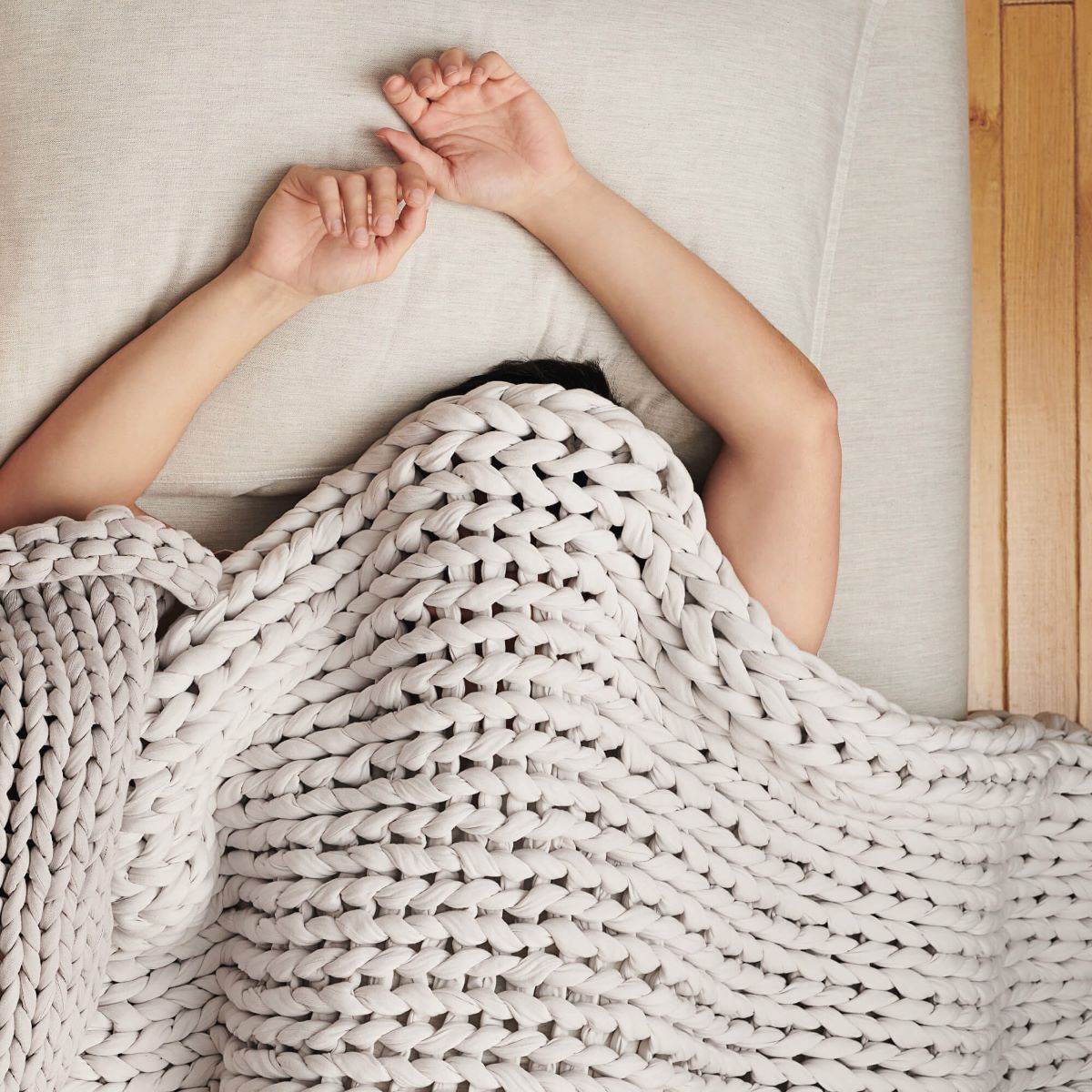
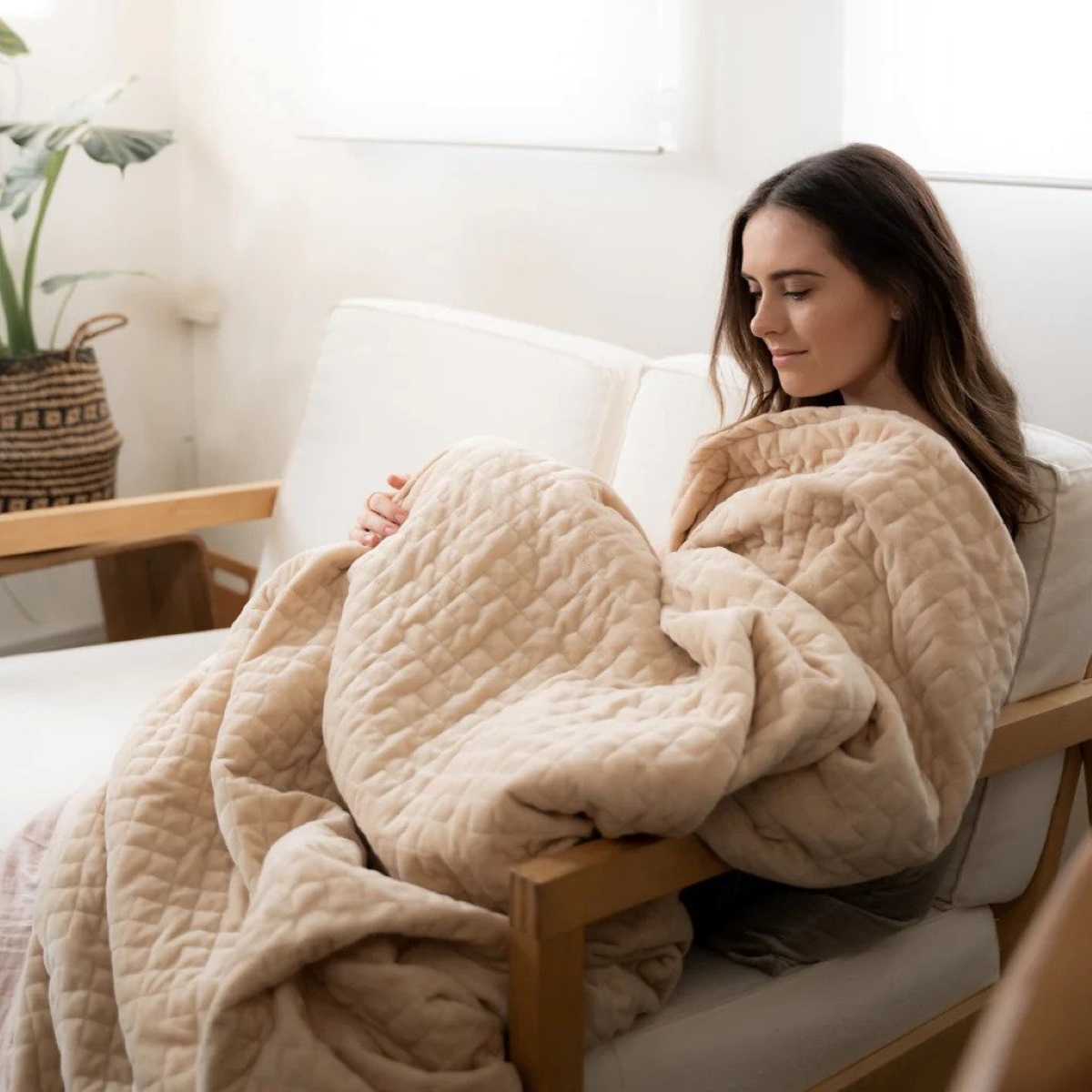


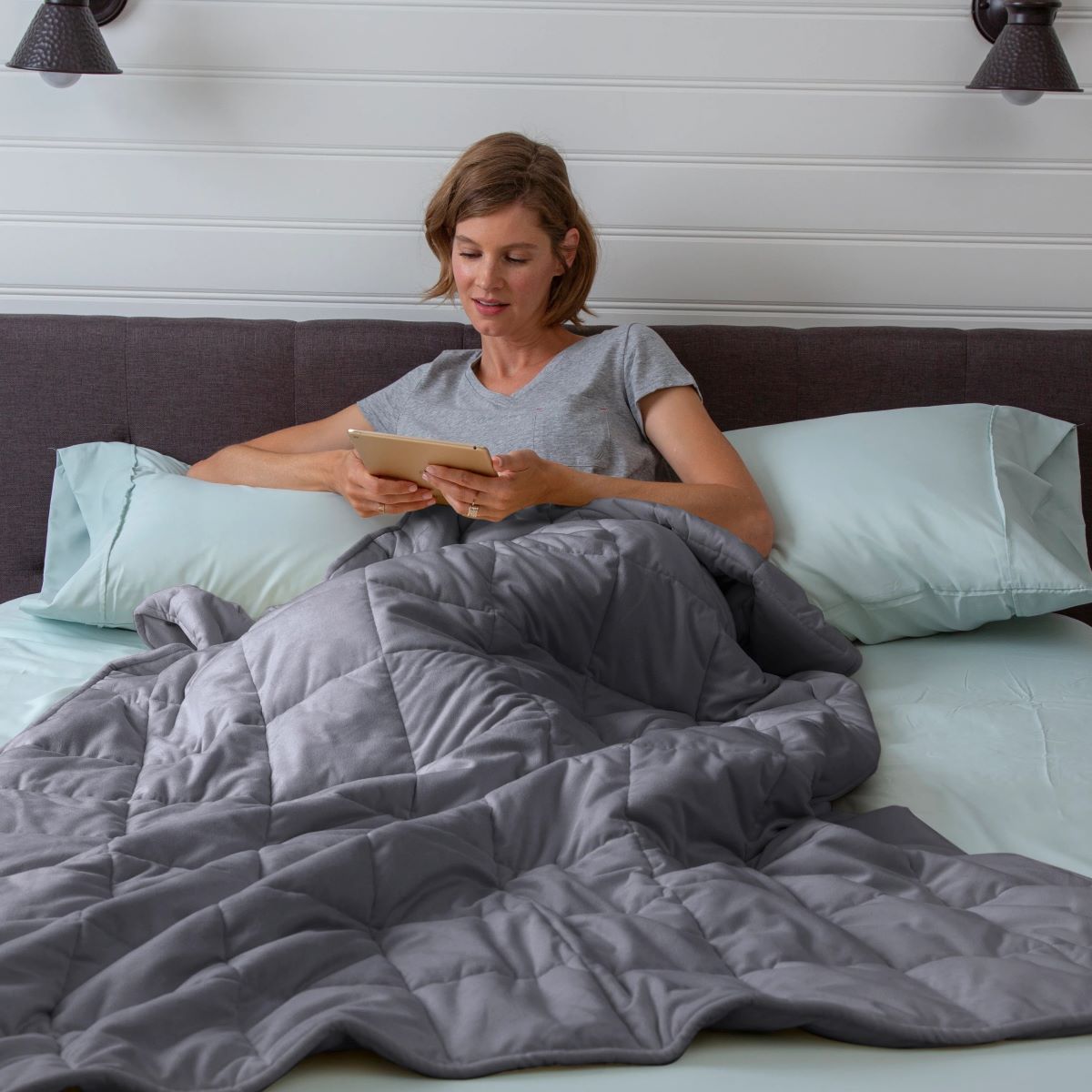
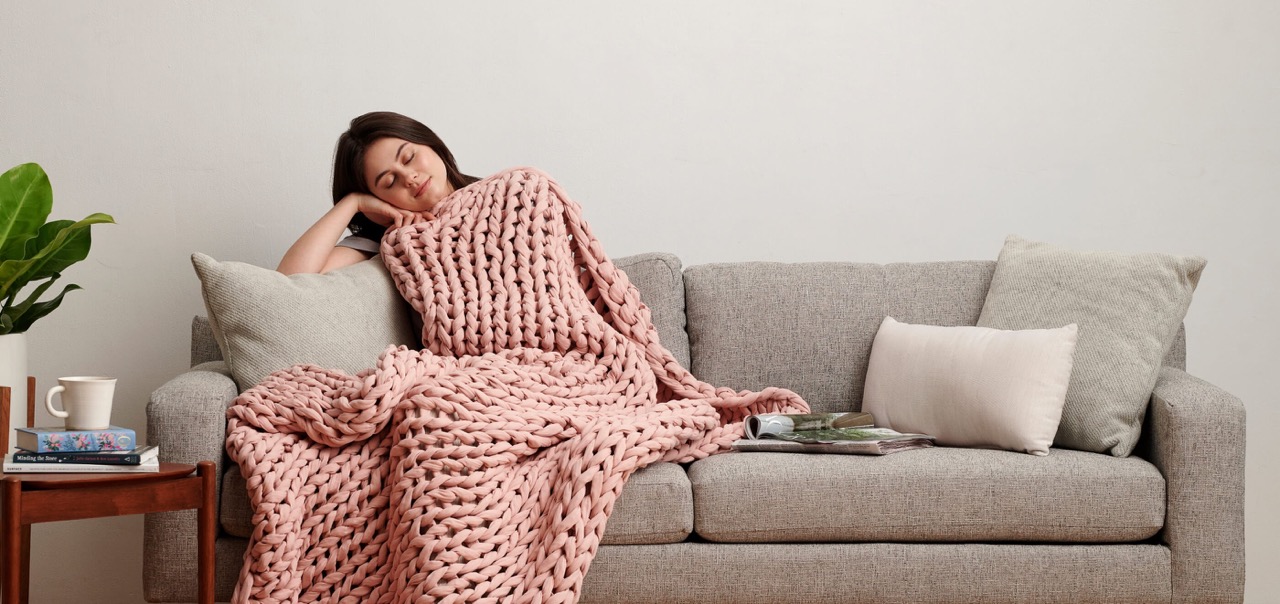

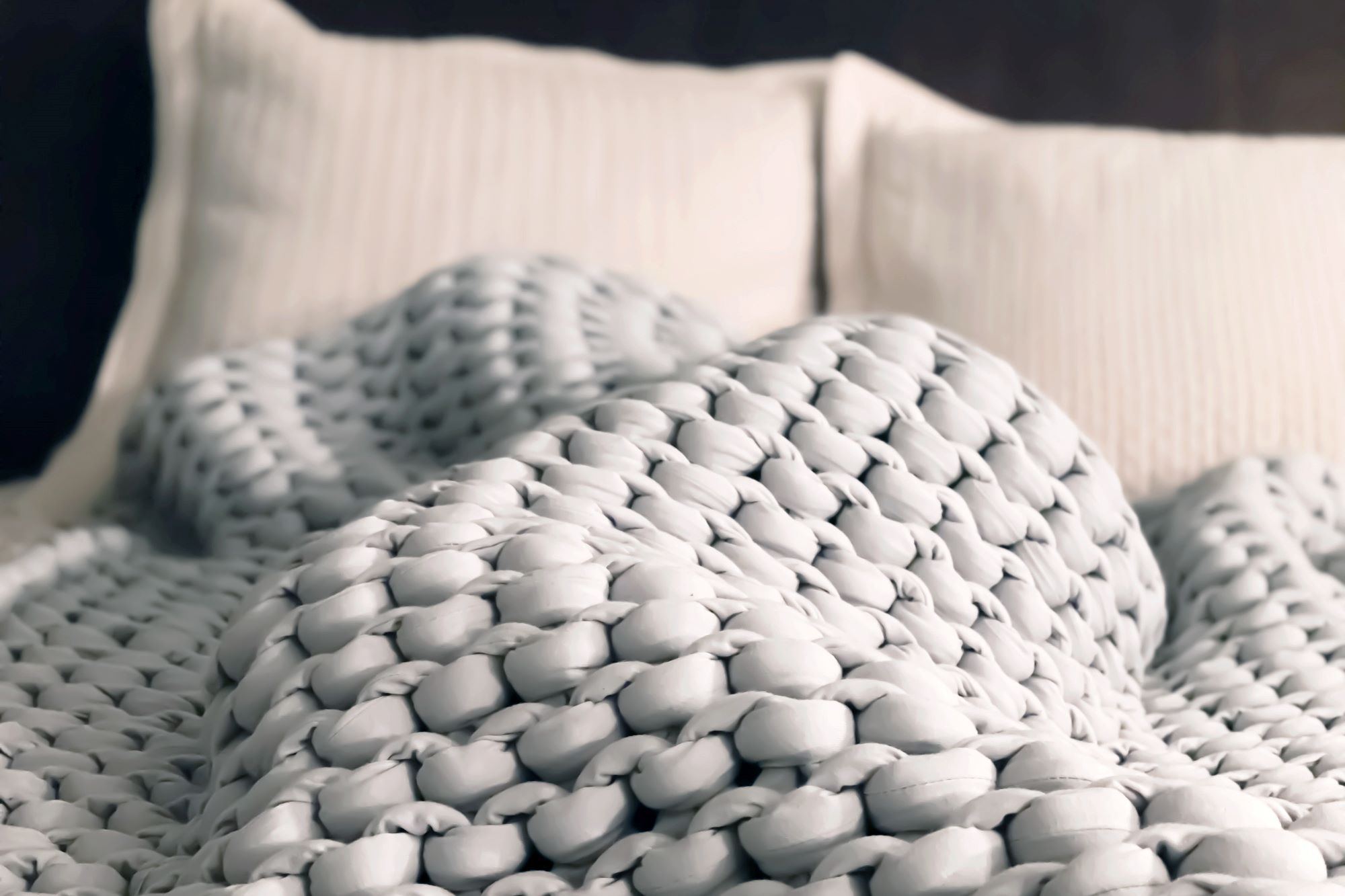
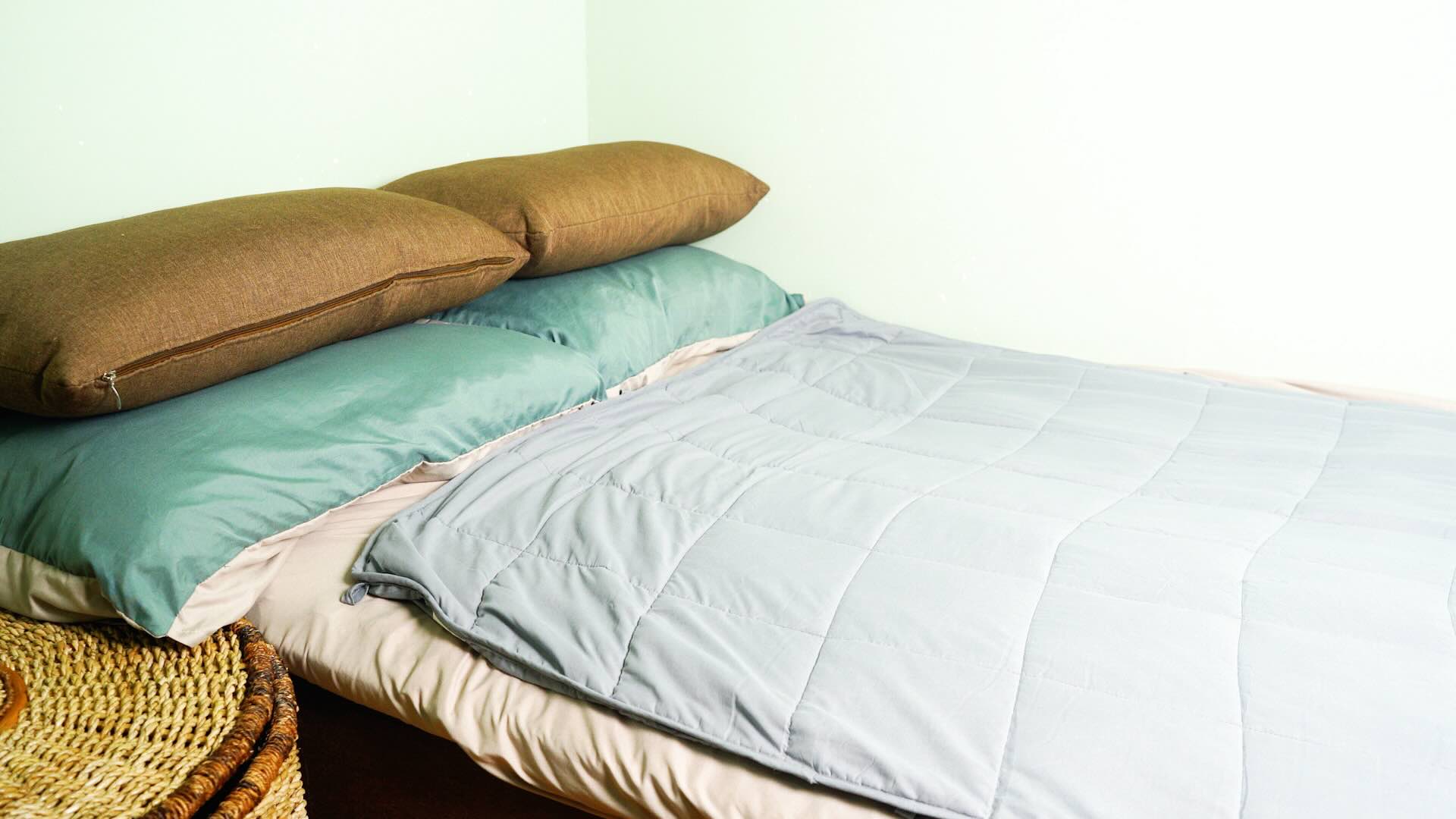
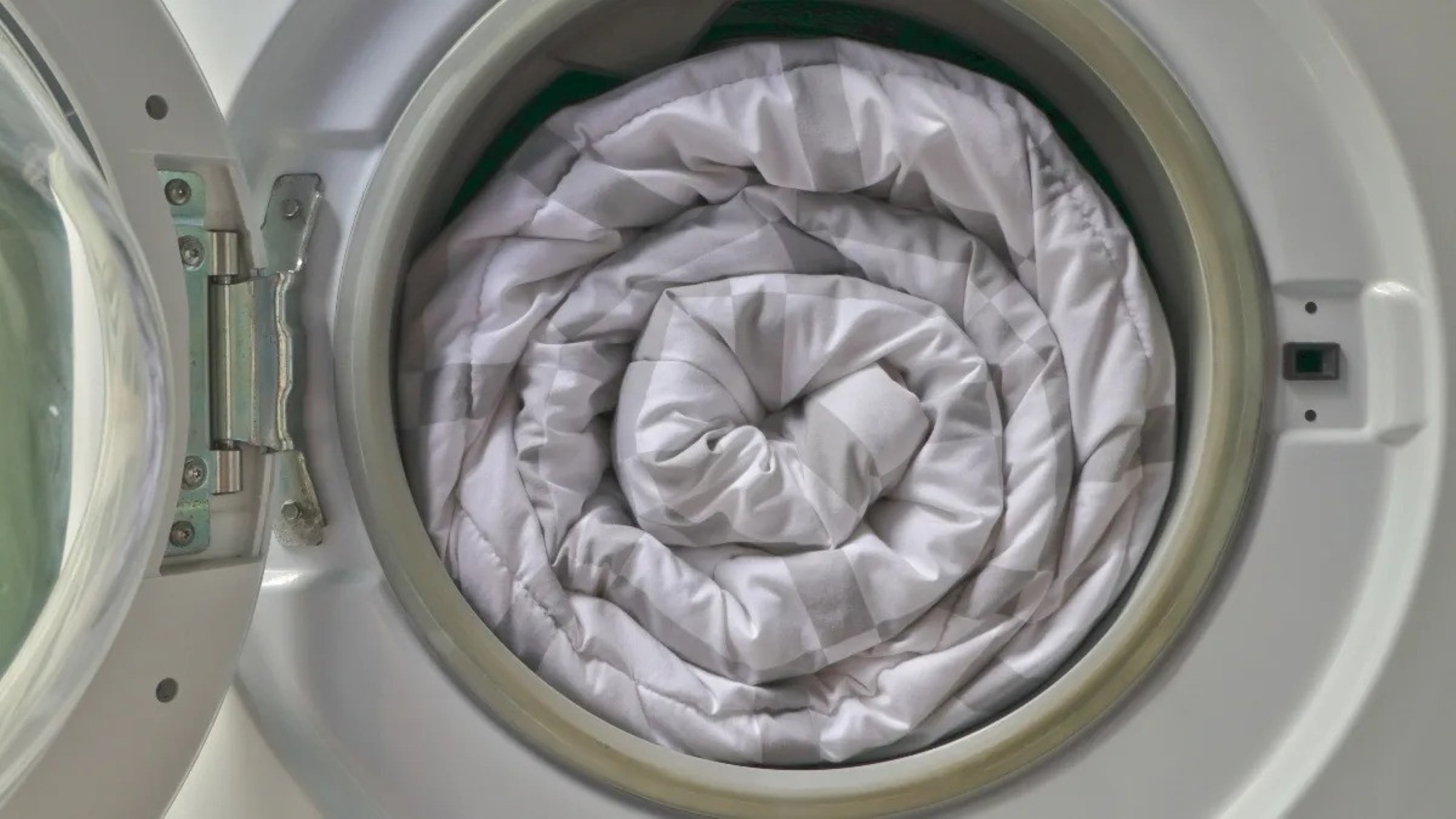

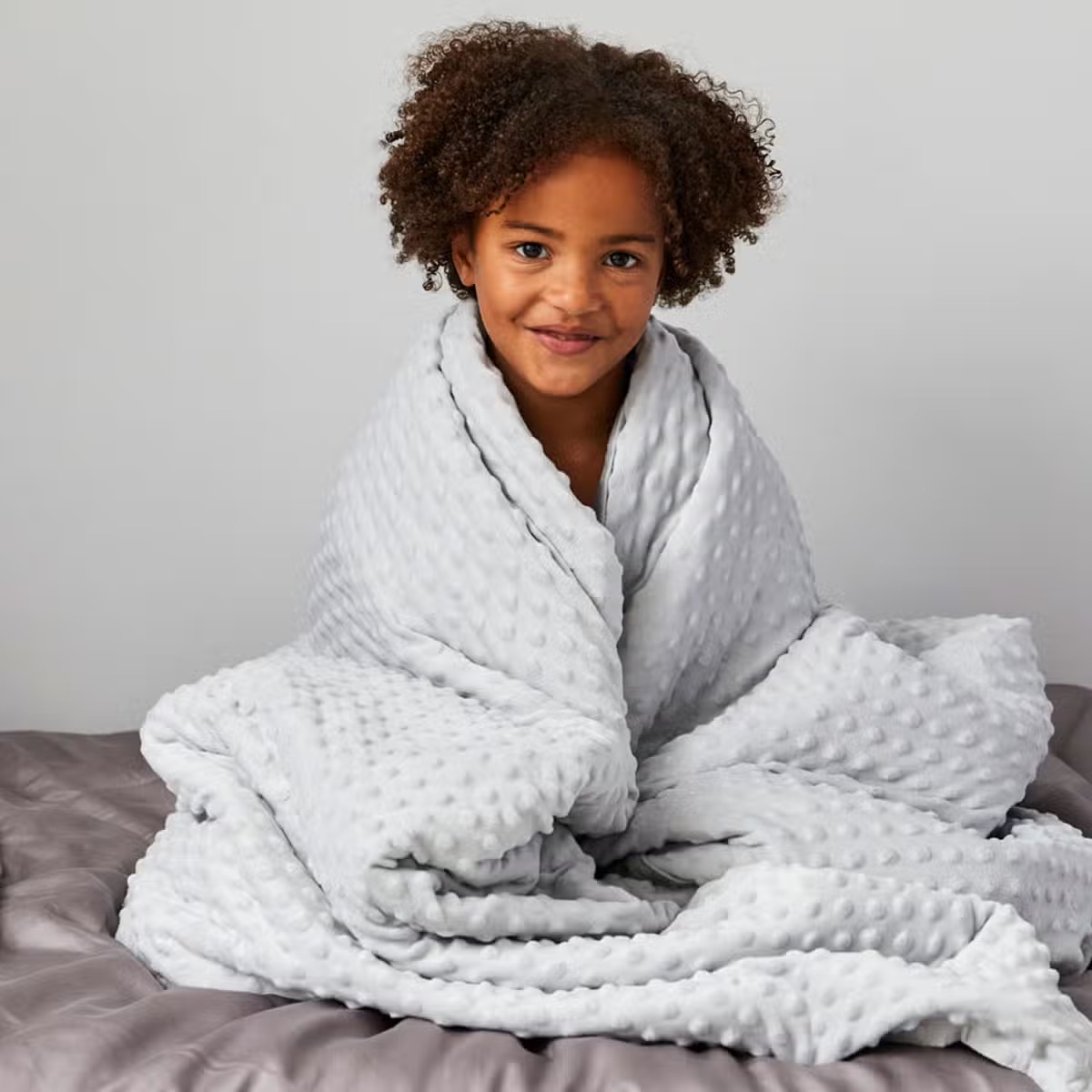

0 thoughts on “How To Use A Weighted Blanket”